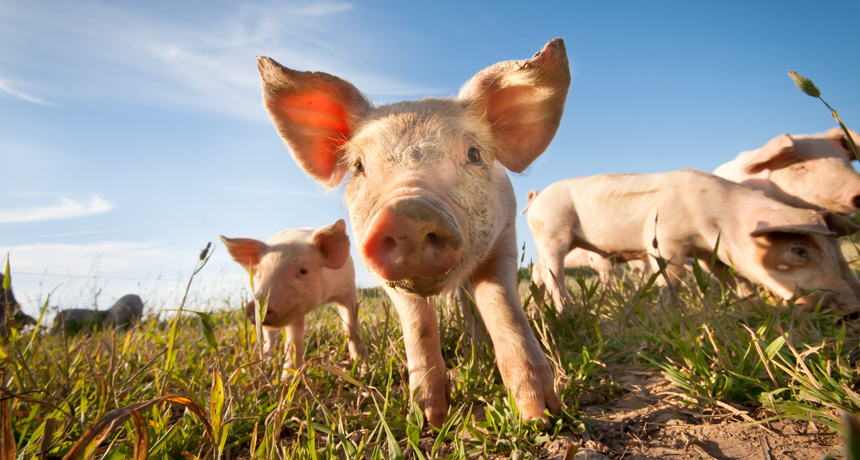bacterium (plural: bacteria) A single-celled organism. Considered primitive, bacteria lack some of the organized structure seen in other types of cells — especially those that make up plants and animals.
emerging infectious disease A disease that suddenly has begun infecting increasing numbers of people or other organisms and could increase dramatically — especially in the near future.
epidemiologist Like health detectives, these researchers figure out what causes a particular illness and how to limit its spread.
infection The successful invasion of a disease-causing microorganism into the body, where it multiples, possibly causing serious injury to tissues (such as the skin, lungs, gut or brain).
infectious A germ or other pathogen that can be transmitted to people and other organisms through the environment.
immunity The state of being immune to, or having resistance to, a particular infectious germ.
influenza (or flu) A contagious respiratory illness caused by any of several groups of viruses. Symptoms can include headache, fever, cough, sore throat and body aches. The severity of these illnesses can range from mild to severe, sometimes resulting in death.
outbreak The sudden emergence of disease in a population of people or animals.
pathogen A microorganism, or germ, or other infectious agent that causes disease or illness. Pathogens include viruses, bacteria, fungi and other life-forms, such as teeny-tiny worms.
reservoir A large store of something. Lakes are reservoirs that hold water. People who study infections refer to the environment in which germs can survive safely (such as the bodies of birds or pigs) as living reservoirs.
virus A tiny molecule made of a protein shell that encloses genetic information. A virus can survive and multiply only in the living cells of a host, such as people.
zoonosis Any disease that originates in nonhuman animals that can be transferred to people.








